- OISHII
- OISHII Wiki
- Ingredients
OISHII Wiki
Ingredients
-
Koya dofu
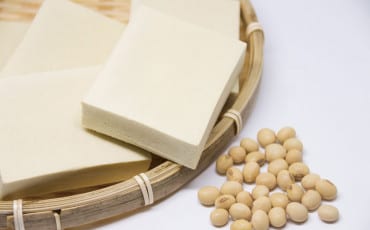
It may not look like it, but koya dofu is made based on a timeworn met...
-
Kuri (Japanese chestnut)
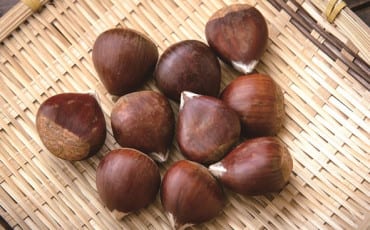
Kuri is a popular flavour for Western desserts and Japanese sweets Be...
-
Kuromame
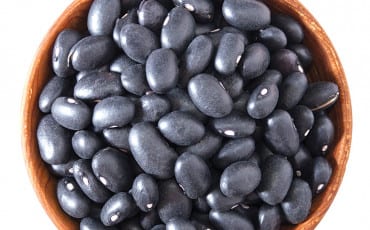
One of the essential osechi-ryori, or traditional Japanese new year fo...
-
Kurozu
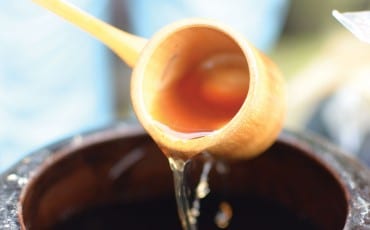
Kurozu (black vinegar), sometimes also known as brown rice vinegar, is...
-
Matsutake
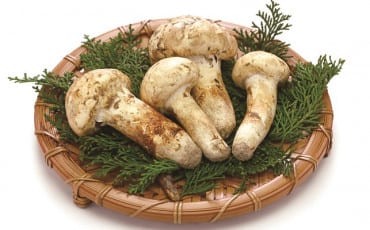
Matsutake mushrooms grow only in autumn and only on pine tree roots B...
-
Miso
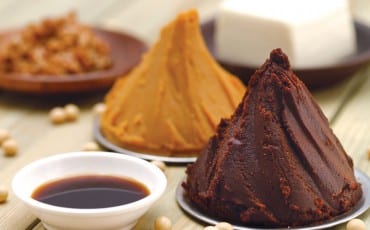
Miso is a traditional Japanese fermented bean paste made primarily wit...
-
Miso
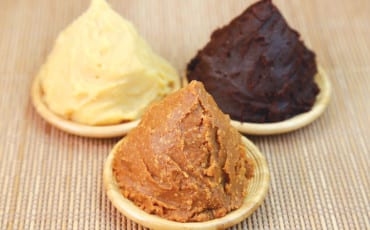
Miso has been a part of Japanese food culture for thousands of years. ...
-
Mochigome (Glutinous Rice)
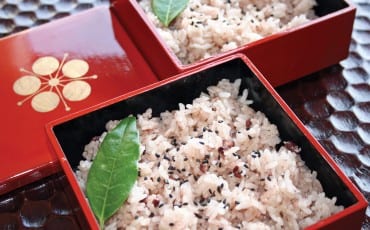
Mochigome is the second most common variety of Japanese rice, and has ...
-
Moshio
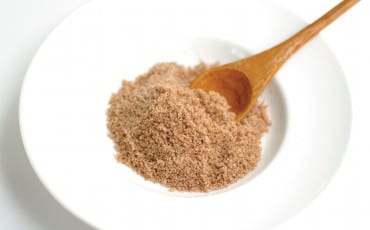
Japanese seaweed salt (moshio) is characterised by its unique beige hu...
-
Musk Melons
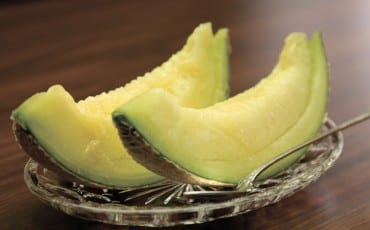
Musk melons are coined Japan’s “king of fruit” for a reason. At Cr...
-
Niboshi
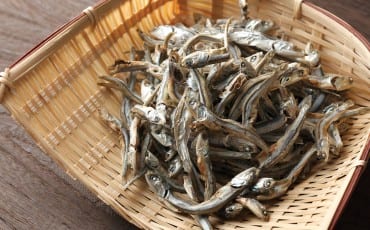
Once youfve honed your skills making kombu dashi and awase dashi, you...
-
Saba (mackerel)
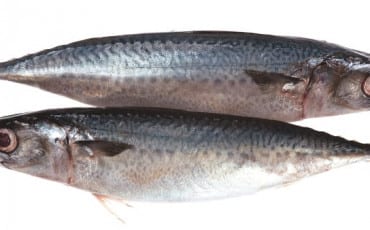
Saba can be eaten raw, but is also frequently pickled, cured, braised ...
-
Sake
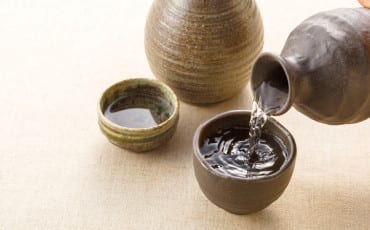
Koji (as the mould is called before it’s mixed with rice) was used to ...
-
Sakura Ebi
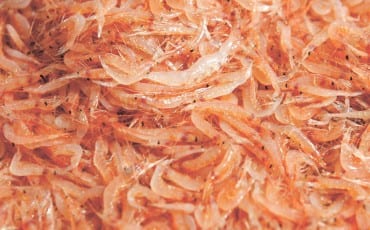
During spring and autumn in Japan, you’d be hardpressed not to spot th...
-
Sanma (Pacific saury)
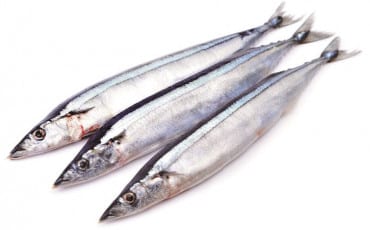
Sanma is also known as the “autumn knife fish”, as it resembles a knif...
-
Sanuki udon
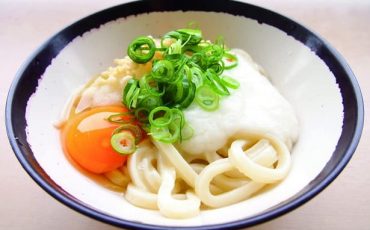
Hailing from Kagawa Prefecture located in southern Japan’s Shikoku isl...

